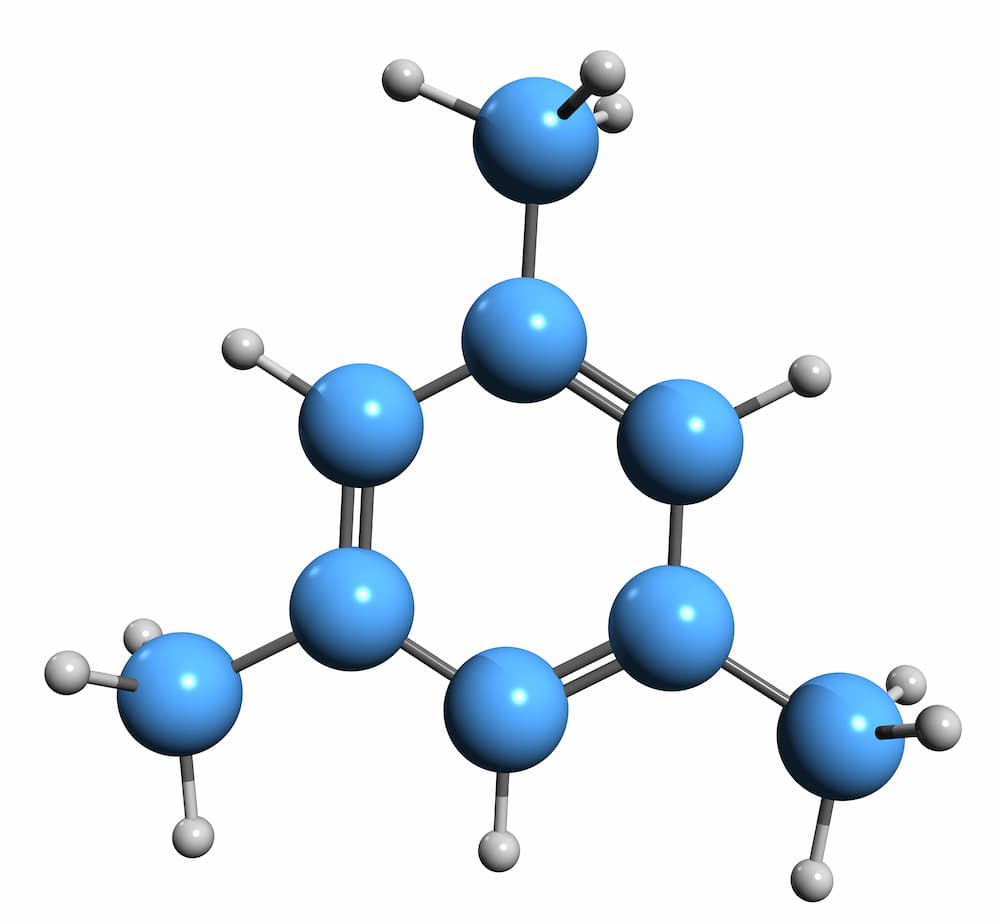Innovations In Specialty Chemicals: Shaping The Future Of Construction

Innovations In Specialty Chemicals: Shaping The Future Of Construction
The post Innovations In Specialty Chemicals: Shaping The Future Of Construction appeared first on UK Construction Blog.
The construction industry is rapidly evolving. With new techniques and materials constantly emerging, contractors must stay up-to-date to remain competitive. One area seeing major innovation is specialty chemicals. Specialty chemicals are crucial in modern construction, improving strength, durability, and sustainability. Let’s explore some of the latest advances in specialty chemicals shaping the future of construction.
New Concrete Admixtures
Concrete is the most widely used construction material globally, with over 10 billion tons produced yearly. It provides compressive strength and durability at an affordable cost. However, plain concrete has limitations like slow curing, high shrinkage, low tensile strength, and low chemical resistance. This is where concrete admixtures come in.
Admixtures are specialty chemicals added to the concrete mix in small doses to enhance specific properties. They improve the performance of concrete in the plastic and hardened state. Concrete admixture technology is advancing rapidly, with construction trends shifting toward high-performance and green buildings.
Some innovative admixtures for improving concrete include:
- High-range water reducers – Allow up to 40% less water while maintaining workability. This results in higher strength, lower permeability, and reduced cracking.
- Shrinkage reducers – Use compounds like glycols to minimize drying shrinkage cracks. This enhances durability.
- Corrosion inhibitors – Provide a protective molecular layer on steel reinforcement to prevent rusting. This extends a structure’s useful life.
- Self-consolidating concrete admixtures – Improve flow with no vibration, speeding up placement. Allows intricate detailing.
- Photocatalytic cement – Have titanium dioxide particles to degrade air pollutants when exposed to light. This provides air-purifying functionality.
Using the latest high-tech admixtures allows contractors to tailor concrete mix designs to the unique demands of any project, from high-rises to bridges.
Advanced Fireproofing Materials
Fire poses a severe threat to building safety and business continuity. Temperatures can reach 1100°C during fires, resulting in structural failure. Fireproofing helps contain fires and maintain integrity until evacuations finish. While gypsum wallboard provides adequate fire resistance for homes and offices, newly developed options offer superior performance.
Some cutting-edge fireproofing materials include:
- Intumescent coatings – Contain compounds that expand 100 times when heated, creating an insulating char layer that stops heat transfer.
- Mineral fibre sprays – Made of spun inorganic fibres, which are non-combustible. Provide excellent heat and sound insulation during fires.
- Calcium silicate boards – Made of hydrated lime, silica, and cellulose fibres. Are fire, water, and mould resistant. Provide better fire ratings than gypsum.
These advanced fireproofing specialty chemicals allow architects to go beyond code minimums for critical structures like tall buildings, industrial facilities, and healthcare facilities. This significantly enhances occupant safety and reduces property loss risks.
Innovative Waterproofing Solutions
Water leakage through cracks, joints, and pores is a prevalent construction quality issue. It causes corrosion, mould growth, freeze-thaw damage, and structural deterioration over time. While bituminous coatings traditionally provide waterproofing, they are not long-lasting and have poor vapour permeability. Advanced specialty chemicals offer new waterproofing options.
Some innovative solutions include:
- Crystalline coatings – Contain sodium silicate compounds that react with moisture and crystallize, plugging concrete pores and cracks. This self-seal cracks up to 0.5mm wide.
- Polyurea coatings – Seamless, flexible, ultra-durable coatings with excellent adhesion. Resistant to abrasion and movement. Used for waterproofing roofs, foundations, and tanks.
- Geotextile membranes – Advanced polymer fabric sheets that are waterproof yet breathable. Used below-grade on foundations and behind retaining walls.
- Hydrophobic concrete admixtures – Water repellents blended into concrete make it non-wetting. This prevents surface abrasion and permeability issues.
Implementing cutting-edge specialty chemicals allows robust waterproofing for below-grade structures, water tanks and pools, roofs, and other surfaces exposed to moisture. This prevents damage and protects property value.
Eco-Friendly Solutions
Sustainability is a priority in modern construction. Using specialty chemicals with green credentials allows meeting environmental goals without compromising performance. Some eco-friendly solutions gaining adoption are:
- Low-VOC paints and coatings – Have lower volatile organic compound content to reduce emissions. Improve indoor air quality.
- Natural fibre composites – Replace fibreglass in insulation and panels with renewable materials like hemp, kenaf, and jute. Reduce the use of petrochemicals.
- Photocatalytic coatings – Made with titanium dioxide. Can reduce air pollution when activated by light. Used on building exterior surfaces.
- Soy-based polyurethane foams – Uses agricultural waste to create rigid insulation boards with high R-values. Renewable and biodegradable.
With specialty chemical manufacturers prioritizing sustainability, adopting green solutions is becoming easier. Using eco-friendly chemicals demonstrates environmental commitment while delighting eco-conscious clients.
Conclusion
The specialty chemicals industry is actively developing advanced solutions to overcome the limitations of traditional construction materials. Implementing innovative specialty chemicals allows contractors to improve structural integrity, durability, fire safety, waterproofing, and sustainability. With technology evolving rapidly, it pays to be on top of the latest chemical innovations that can give your firm a competitive advantage. Adopting cutting-edge solutions will become a necessity to deliver high-performance buildings matching future needs.

Comments are closed